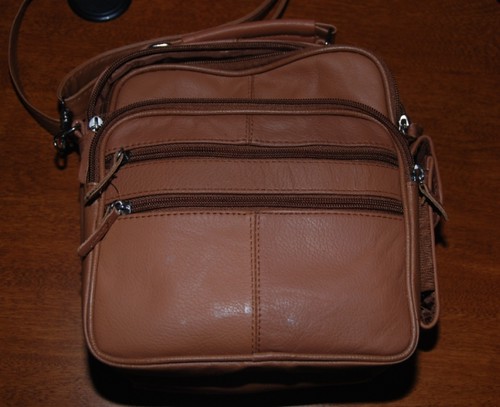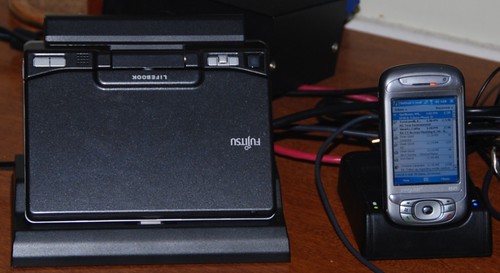- Infrastructure such as basic PC and network hardware
- Talent costs, such as employees and IT service consultants
In regards to the first, that type of expenditure can be delayed to some extent, assuming that going into the delay there has been a consistent investment made so that the organization is not starting out with equipment that is already old and lacking support. Equipment fails, so it needs maintenance, and eventually replacement. Technologies such as virtualization can assist to put more functions on a piece of equipment, reducing the need for multiple devices. An accounting system may share hardware with a sales entry system, each having their own "space", but using one physical server.
The second expenditure can also be managed more tightly. With reason, there is nothing wrong with saying that you need more results from the people that produce or maintain your systems, and if the organizational direction is to ride out an economic storm, then doing more with less is often needed.
But the direction that more with less takes is where you must be careful. The ways a manager might view it are:
- Less people: Reduce headcount by some number to reduce total overall costs, and (hopefully) designate functions across the lower count in a way that maintains the minimal information technology needs of the organization.
- Less expensive people: Find cheaper resources that appear to have similar talents, and (hopefully) transition to them with minimal disruption in service level agreements. These people may be less experienced, or from another culture with different economic factors (off-shore). The goal is to retain a similar headcount and service offering, while reducing overall cost.
- Less commitment to the people: Outsource work to others, so that both employee overhead (both as an accounting ledger function and additional costs such as benefits, training, etc.) and length of commitment are minimized. In some ways this shifts the costs from one bucket to another, and also serves to make it easy to further reduce the workforce as needed by simply ending the use of an outsourced resource, as opposed to the termination of an employee. Additionally, terminating an employee has negative psychological effects on remaining team members that correspondingly terminating an outsourced resource do not create.
But what must be considered in any of these options, or combination of them, is the value delivered. It is easy to assess and reduce cost, but without experience, only later can the real value of those cuts be truly understood. So going in with a thought of value instead of pure cost is essential to long term shareholder return and organizational viability.
Value is not measured just in terms of dollars per hour; it is measured in terms of what was produced for those dollars. I have an option when I go to a mechanic, and can choose between the certified Mr. Goodwrench, or "Jim’s Auto Repair". Jim is less expensive per hour. But repeated trips back, missed work, inability to complete on time, additional ongoing costs, frustration, and potential to still have to go to a certified mechanic after all that lead me to call and schedule with the more expensive mechanic on day one. I know I will pay more up front, but I know I will receive more value measured in multiple ways.
In terms of consultants who are software developers (disclosure: my firm provides that service) I know the difference between the low value developer and the high value one. In terms of rate, it should always be measured against the time factor. You may obtain a consultant for $90/hr, or have a choice of a $140/hr resource. The issue is what each will accomplish over the time needed to deliver.
In a later post, I will try to address the issues that impact the actual value delivered. How do you know which one is going to provide more value? I think I can help you with that, because for years we have been assessing these resources with that key factor in mind.





